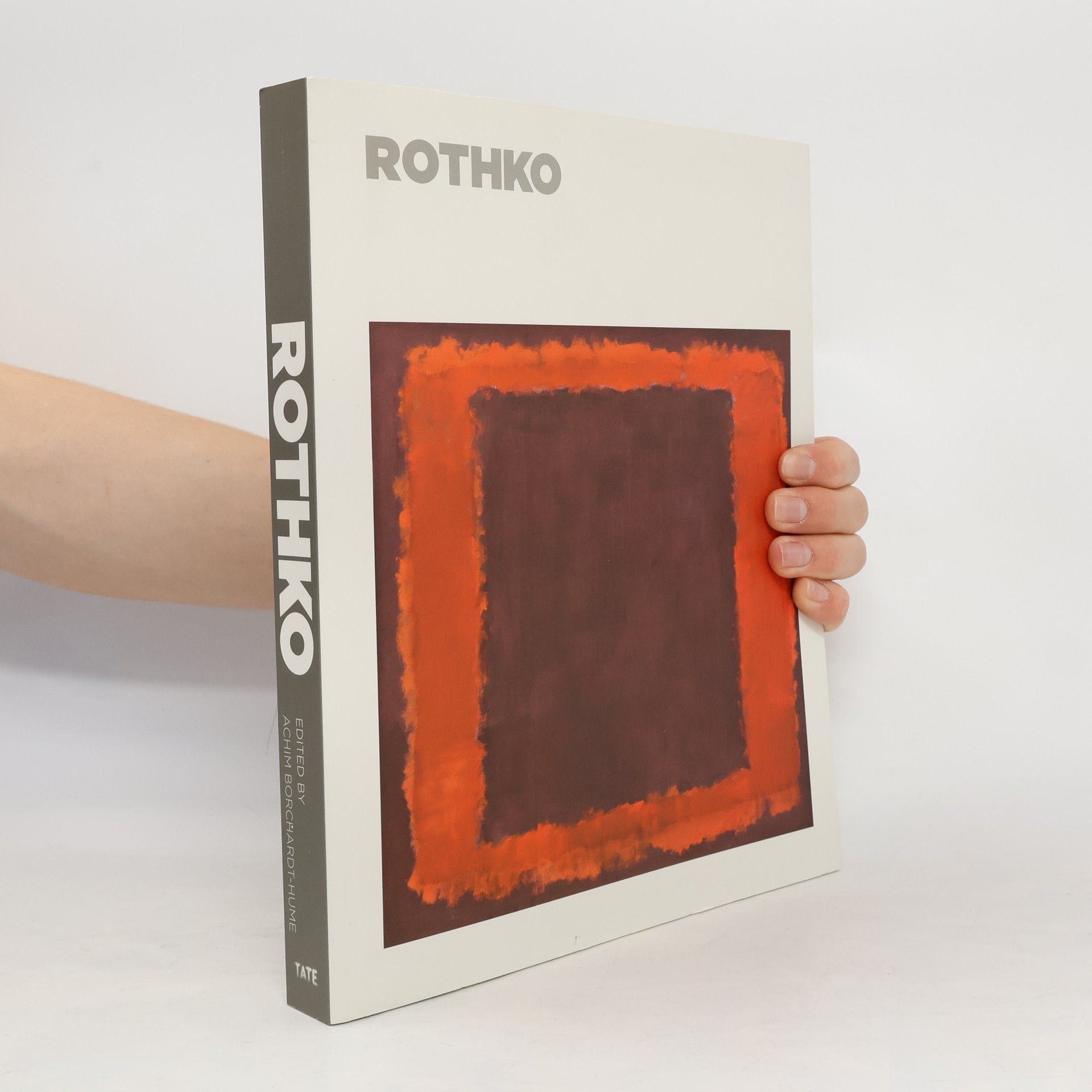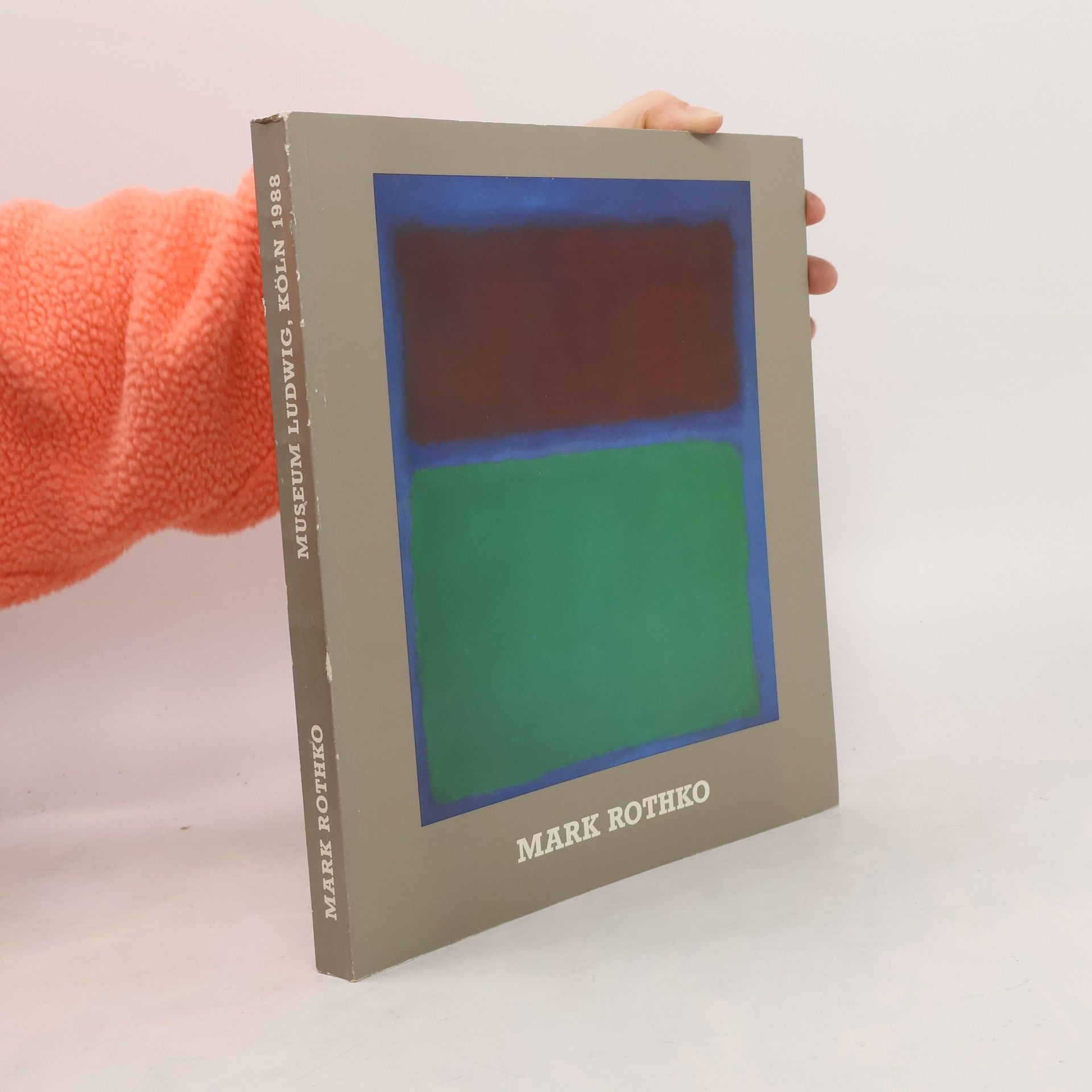Mark Rothko
- 204 pages
- 8 hours of reading
Mark Rothko, the great American artist of Russian descent, is one of the chief exponents of Abstract Expressionism. His paintings, predominantly in a large format and featuring horizontal layers of pigment on a monochrome foundation, will forever be in our pictorial memory as the epitome of classical modernism. By means of Rothko's central work groups from all creative periods - among them the Rothko Room in the Phillips collection and the Harvard Murals of Harvard University -, this book looks at the artist's affinity between picture and viewer. Rothko's adamant insistence on controlling the presentation of his works set him apart from the art scene of his time as early as the beginning of the fifties. His pictures were to be hung closely together in small rooms with soft lighting and large formats were to provide an immediate experience - as a concept which has been most famously and definitively realized in the Rothko Chapel in Houston.







